Crocheted Counterpane / coverlet / pillow cover?
linnea56 (zone 5b Chicago)
11 years ago
Related Stories
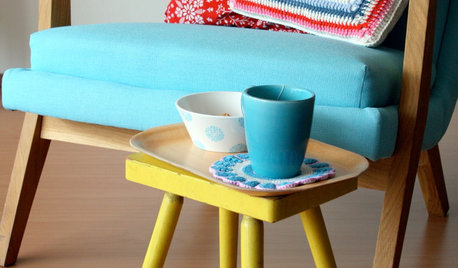
ACCESSORIESCool Crochet? Yes, It's Possible
An old-fashioned favorite gets a sassy spin in bright colors and mod patterns, bringing homey warmth to modern rooms
Full Story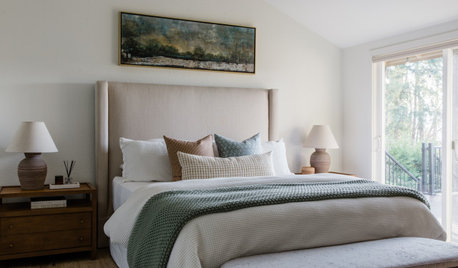
FEEL-GOOD HOMESimple Pleasures: The Joy of Fresh Sheets
Make your bed a place of comfort and relaxation with good-quality linens, ample pillows and other pleasing accoutrements
Full Story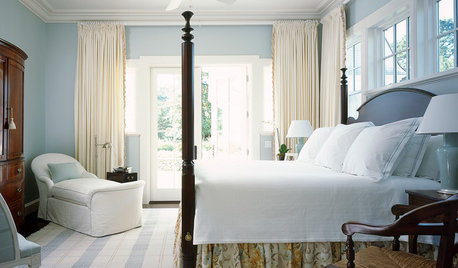
BEDROOMSThe Lowdown on Bed Skirts
Sure, they hide the dust bunnies. But when you know all the options, bed skirts can rack up major style points too
Full Story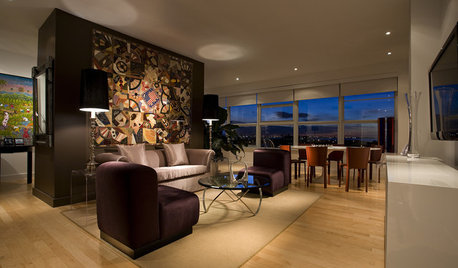
DECORATING GUIDESCelebrating the Great American Quilt
They speak of family, history and beauty. Is it any wonder quilts transcend design styles?
Full Story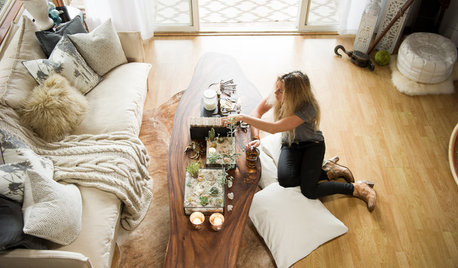
DECORATING GUIDES14 Ways to Bring Bohemian Romance to Rooms
Make your home an affair to remember with worldly poufs, old-time candleholders and other poetic gestures
Full Story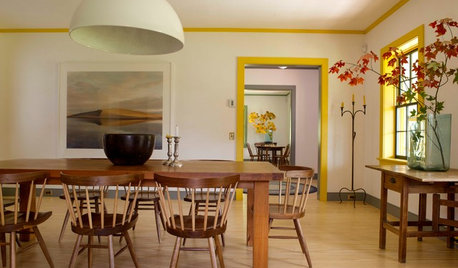
FARMHOUSESHouzz Tour: Shaker Simplicity Inspires a Modern Farmhouse
Mixing classic farmhouse style with sustainable features, this Connecticut home is as charming as it is sensible
Full StoryMore Discussions






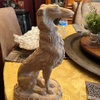
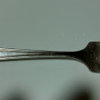


colleenoz
linnea56 (zone 5b Chicago)Original Author
Related Professionals
Carlsbad Furniture & Accessories · Clark Furniture & Accessories · Bel Air North Interior Designers & Decorators · Rendon Painters · Berea Painters · Boise Painters · Granite Bay Painters · Lake Estates Painters · Lake Wales Painters · West Jordan Painters · Fillmore Furniture & Accessories · Gages Lake Furniture & Accessories · Bowie Professional Organizers · Deptford Professional Organizers · Summit Professional Organizersbungalow975
linnea56 (zone 5b Chicago)Original Author
bungalow975
bungalow975
colleenoz
linnea56 (zone 5b Chicago)Original Author